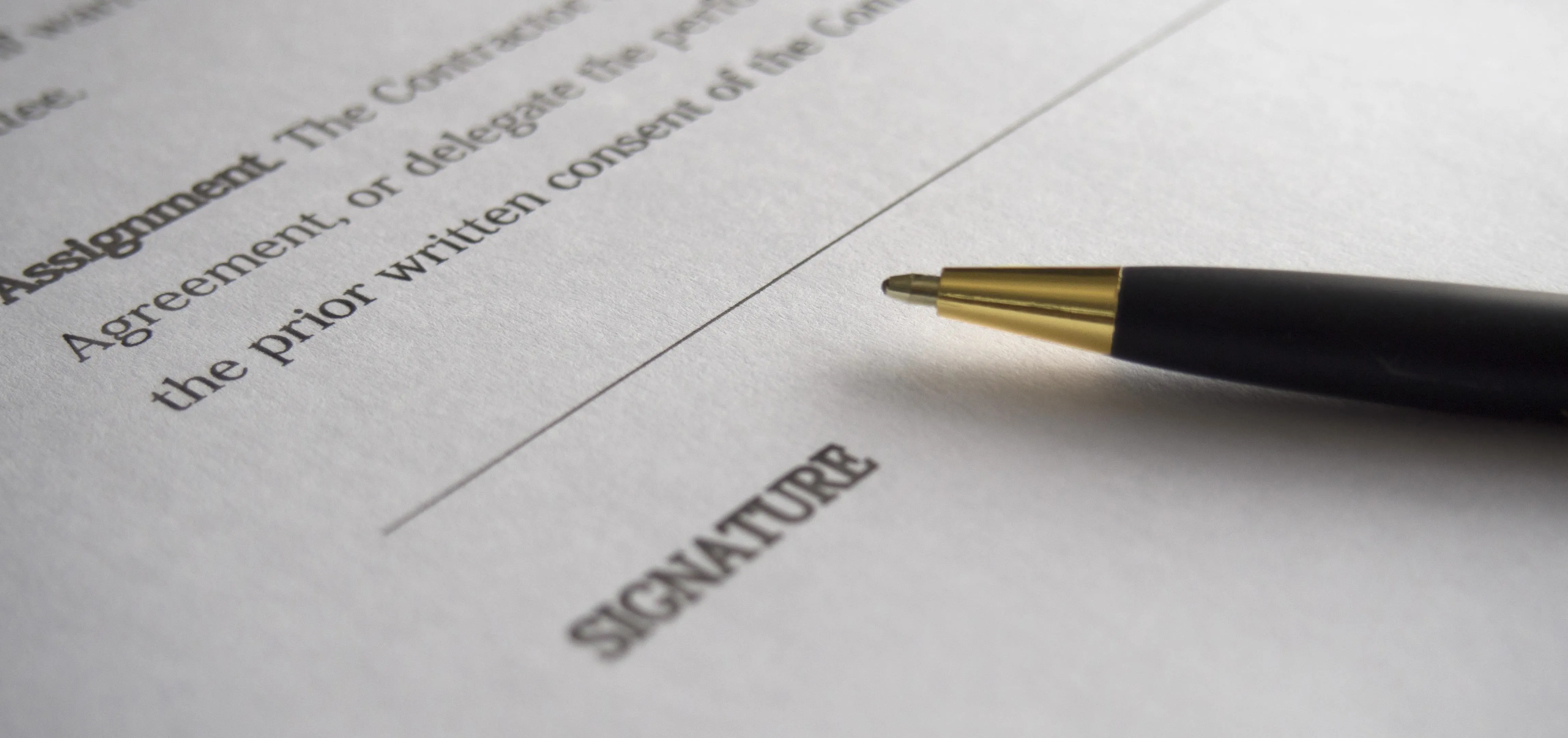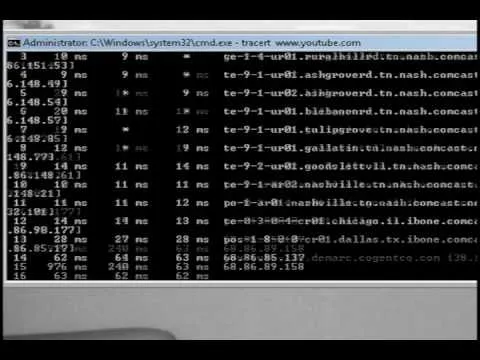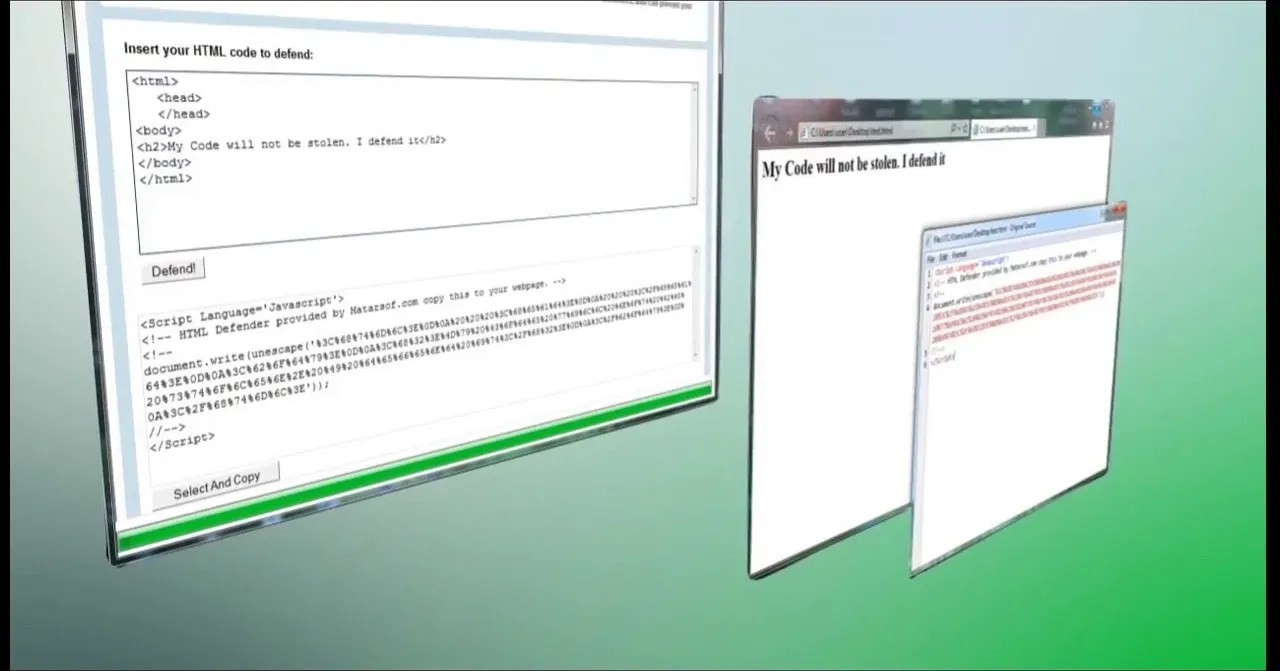Outside the realm of politics, where opposing sides are quite passionate and quite disagreeable, there are few areas in our society quite as divisive as Twitter. People who like Twitter love Twitter and are relentless in trying to co-opt the people they know into joining (this is both altruistic and an unsubtle attempt to boost followers).
Intelligent, reasonable people who have steadfastly resisted joining Twitter cannot even begin to fathom its appeal or why their friends won't shut up about trying to get them to join. These holdouts think of Twitter as a place where delusional preteen girls fantasize about a life spent married to Justin Bieber or where gossip-obsessed women flock to find out what Kim Kardashian had for dinner—even where sports fanatics listen to football players telling them to "be great today." On brief forays into the medium, many are repulsed when they click on trending topics and see indecipherable language, poor spelling and horrible grammar used to publicly broadcast TMI about sexual activity. Why would anybody want to read or broadcast this nonsense?

In feeling that this is how Twitter is used, they are right. Twitter is used by many (perhaps most) users as vacuous, mindless entertainment. Not that there is anything wrong with that, but its scope for purpose of use extends far beyond the gripes contained in the preceding paragraph. Twitter's optimal utility is that it can be used to curate one's personal flow of information into a single, fluid feed that breaks news instantly. Whatever one's interests are, his/her favorite content producers utilize Twitter to promote their work—or risk losing market share to those who do.
Last week, in honor of reaching 100,000 followers, CNBC's sports business reporter Darren Rovell, who I believe has the best Twitter account in terms of appealing to my interests, wrote a list of "The 100 Twitter Rules to Live By." This list includes some great tips on how to effectively use Twitter, likening it to a "megaphone as opposed to a telephone"—where you should strive to teach as well as learn.

However, Rovell's list was more aimed at current users than in converting holdouts and was mostly devoted to helping people with their posting as opposed to making information come to them. This how-to will attempt to fill in the gaps and help people new to Twitter optimize their information flows.
Identify Your Macro Interests
As previously alluded to, content producers across almost the entire information and entertainment spectrum use Twitter to promote their work. Personally, I primarily use Twitter to follow sports and derive humor. Within these realms, I follow national sports reporters, athletes, and Packers beat reporters and bloggers. Additionally, I follow people who are snarkey and witty; these could be either national comedians or complete strangers who have been recommended by those I follow.
My Uncle Mitch, an education blogger and consultant in his mid-50s, uses Twitter to follow educators and keep up with innovation in the industry. He also stays involved in discussions with others in the field by participating in scheduled chats:
"Scheduled twitter chats let me dive deeply into a topic. One of the best ones in education is #edchat, which is Tuesday mornings and evenings. There are generally a few hundred participants who are are tweeting about their ideas, resources, and questions relating to an education issue. This past week, the topic was the use of social media in schools, and I was able to hear how teachers and administrators are using social media for both professional development and as a way for their students to hone their writing, reading, problem solving, and collaboration skills. Another recent session was on the use of mobile phones and smart phones in schools, both the advantages and the hurdles that schools and districts face."
From national and local news to politics, education, charity, movies, music, sports, humor, television, pets, food, travel, and local events, you will be able to tailor a news feed and perhaps a following to any information you are interested in pursuing.

Follow Your Favorite Content Producers within These Realms
As mentioned in the introduction, people whose public work you are aware of will likely have Twitter accounts. Their accounts can provide links both to their own content as well as others' that they find relevant, along with personal thoughts and jokes. However, they could also be wholly uninteresting on Twitter and unworthy of your follow.
Use Google to figure out if people whose work you are interested in are on Twitter (e.g. search "Sarah Palin Twitter" if you are interested in following the delusional Alaskan). Just be wary of fake profiles.

Find about 15-20 people and use them as a base to branch out into following others in your self-identified macro areas.
Look at Who These People Follow
Spend time going through the Twitter feeds of this base group of 15-20 to see who they are following. A great new feature is that you can see either the feeds that they see or see lists of people that they follow. This following base is a great source of other Twitter accounts that will appeal to you.
However, do not go on a blind following spree. Make sure that you look into the feeds of these users and discern whether or not what they have to say is of interest and relevance to you.
Solicit Advice from Like-minded Acquaintances Already on Twitter
Now that you are finally giving in, your friends will be eager to provide suggestions of users that you will enjoy following. They will also want you to follow them, which you should do if you derive utility from what they have to say.
Note that people can be very interesting conversationalists in real life, but boring on Twitter—and vice versa.
Gradually Work Up to Following About 60-80 People
After building a foundation and branching out, you should be on your way to an optimal information flow. In this time, you should pay careful attention when somebody who you enjoy following re-tweets another user's posting. If these re-tweets appeal to you (which is likely), look deeper into the feed to see if the original tweeter is worth following.
Utilize Lists
There are several ways to most effectively use Twitter's list function. You can build your own lists to specialize in specific categories, or you can build events that you may have tangential interest in but do not want to cluttering your everyday newsfeed. For example, you may enjoy watching Golf majors, but do not want to read what PGA analysts have to say the other 48 weeks of the year.
Also, you should explore lists that contain people you like following the best (you can find these by clicking the Listed button on user's pages). People who may have very similar information flow ambitions to you construct these lists and can provide you a great way of finding other good people to follow.

Continuously Evaluate the Quality of Your Feed
Are there areas of interest you want to delve deeper into? Do some people you follow bore or annoy you? In order to optimize your information flow, you should be making sure that you are getting what you want out of Twitter, cleansing your feed of distracting tweeters every few weeks and keep experimenting with new people to follow.
In conclusion, there are certainly some faults with Twitter and there are many people who do not use it to fulfill intellectual curiosity. But if deliberately curated, a Twitter feed can bring a substantial amount of relevant information directly to you, essentially eliminating the need for bookmarks, becoming your base of operations for web surfing and all other forms of entertainment.























Comments
Be the first, drop a comment!